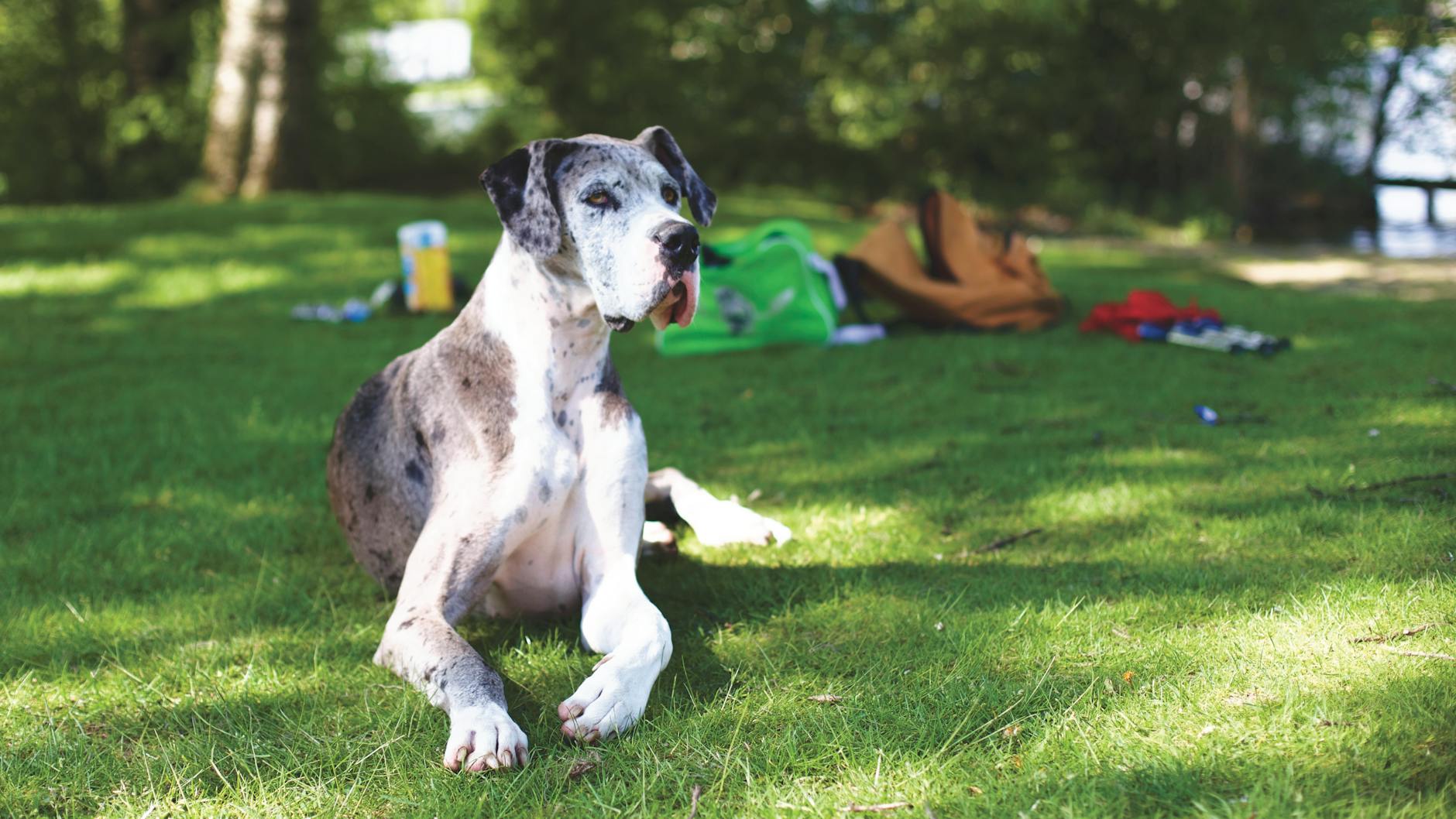Pro Tips: Dog Training for Service Pups

Training a dog to become a service animal is a commitment that requires dedication, patience, and a firm understanding of canine behavior. Service dogs play a vital role in the lives of individuals with disabilities, offering them freedom, support, and increased independence. The right training techniques can make all the difference in preparing a service pup for the responsibilities they will take on. In this article, we will provide valuable insights and expert tips to help you train your canine companion to excel as a service dog.
Understanding the Role of Service Dogs
Before diving into training techniques, it's important to understand what sets service dogs apart from other types of working dogs. Service dogs are trained to perform specific tasks that assist people with disabilities. These tasks can include anything from guiding individuals who are blind, alerting those who are deaf, pulling a wheelchair, alerting and protecting a person who is having a seizure, or performing other duties that directly relate to a person's disability.
Establishing a Foundation
Start with the Basics
Like all dog training, foundation skills are the building block for successful service dog training. Basic obedience commands such as sit, stay, come, down, and heel are the starting points for any service pup. These commands create a line of communication between the handler and the dog, which is essential for advanced service tasks.
Tips for Basic Commands:
- Consistency is Key: Use the same command words and hand signals to reduce confusion.
- Positive Reinforcement: Reward desired behavior with treats, praise, or playtime to reinforce learning.
- Short, Focused Sessions: Keep training sessions brief and engaging to maintain your pup's attention.
Socialization
Socializing your canine is crucial in preparing them for the unpredictable nature of public environments. Expose your service pup to various settings, noises, people, and other animals to ensure they remain calm and focused in any situation.
Tips for Socialization:
- Gradual Exposure: Introduce new experiences slowly to prevent overwhelming your dog.
- Controlled Environments: Begin in settings you can control before gradually moving to busier areas.
- Positive Associations: Make new experiences enjoyable with treats and praise to build confidence.
Advanced Task Training
Once your pup has mastered the basics, it's time to specialize their training to the specific tasks they will perform as a service dog.
Task-Specific Training
The tasks a service dog will perform are directly related to the handler's needs. Training in these areas requires identifying the tasks that will be most beneficial and systematically teaching these skills.
Tips for Task Training:
- Break It Down: Divide complex tasks into smaller, manageable steps for your dog to learn progressively.
- Repetition: Practice each step repeatedly until your dog performs it reliably before moving on to the next.
- Simulated Scenarios: Replicate the contexts in which the tasks will be performed to ensure your dog can execute them in real-life situations.
Consistent Practice and Proofing
Regular Training Sessions
Consistency is the foundation of any training regime. Regular training sessions help reinforce the behaviors and tasks your dog has learned.
Tips for Consistent Practice:
- Daily Routines: Incorporate training into daily routines to provide continual reinforcement.
- Varied Environments: Practice commands and tasks in different settings to generalize the behaviors.
Proofing Behaviors
Proofing means ensuring your dog can perform tasks amid distractions. This step is crucial for service dogs, who must be reliable in various environments.
Tips for Proofing:
- Incremental Distractions: Slowly introduce distractions while practicing tasks, gradually increasing their intensity.
- Test in Public: Bring your dog to public spaces where distractions naturally occur, ensuring they remain focused on their work.
Working with a Professional
While many aspects of service dog training can be conducted by the handler, working with a professional trainer who has experience with service animals can be incredibly beneficial.
Tips for Working with Professionals:
- Choose Experience: Look for a trainer with a proven track record in service dog training.
- Personalized Training Plans: Work with your trainer to develop a plan tailored to your dog's and your specific needs.
- Ongoing Support: A good trainer will offer support and advice even after formal training sessions have concluded.
Final Thoughts
Training a dog to be a service animal is a journey filled with challenges and rewards. By adhering to the principles of basic training, socialization, advanced task training, consistent practice, and seeking professional guidance, you can prepare your service pup for a vital role in assisting with disabilities. Remember, every dog learns at their own pace, and patience, paired with persistence, will lead to success.
Whether you're at the beginning of your training adventure or fine-tuning your service dog's skills, these pro tips will help guide you toward nurturing a dependable, well-trained service companion.